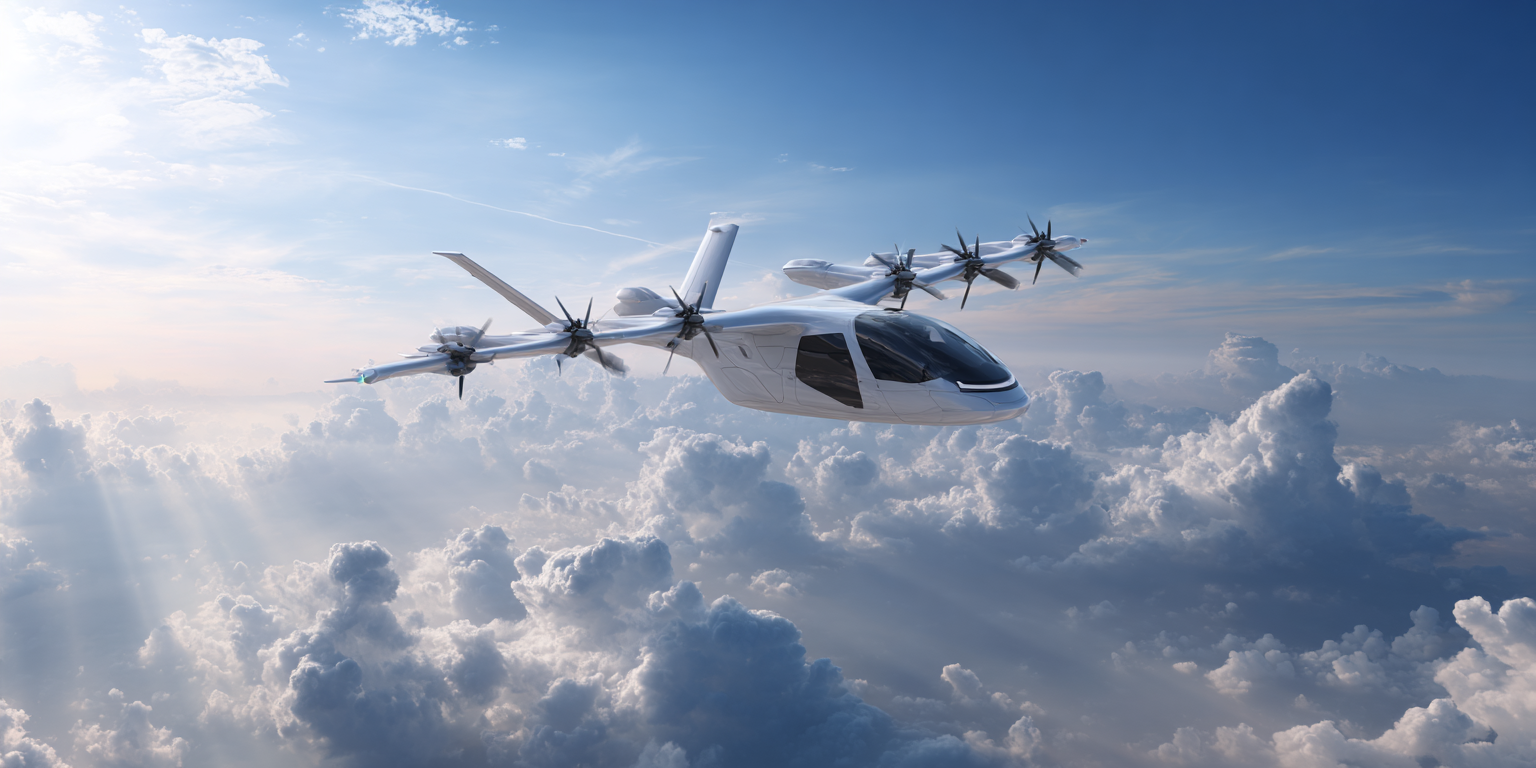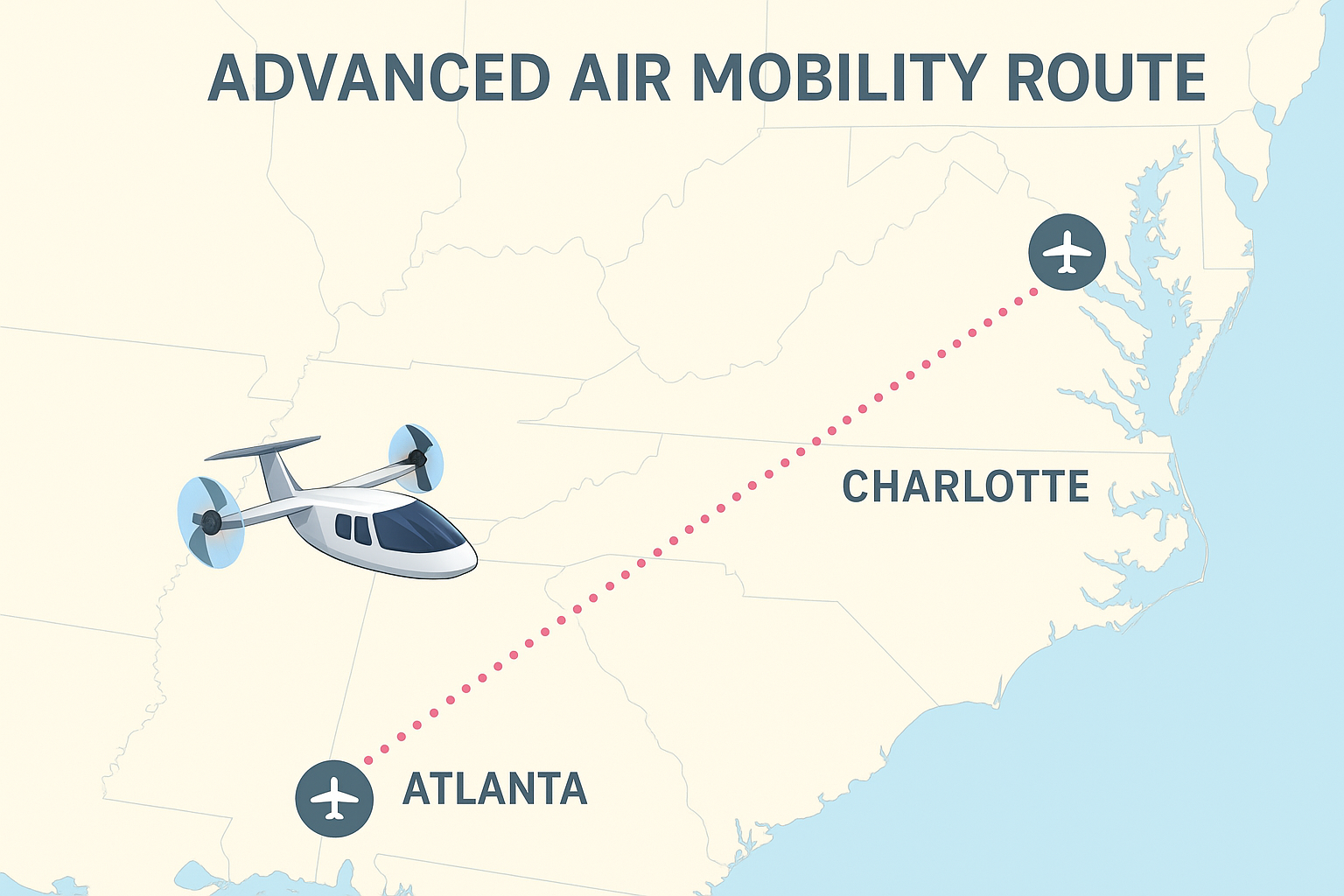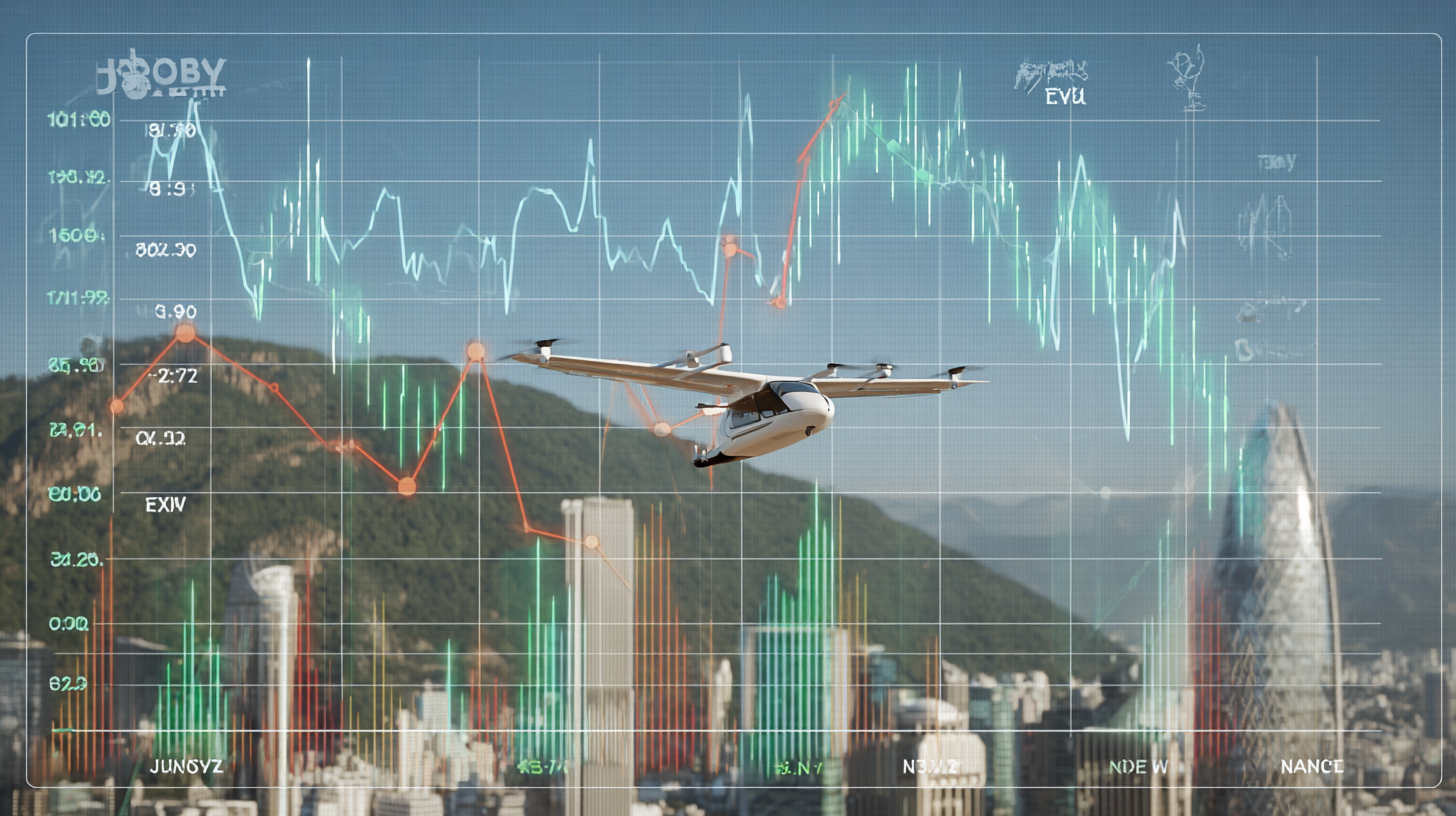BusinessAviation.aero: eVTOL News & Low-Altitude Economy Insights

Joby Aviation's acquisition of Blade Air Mobility's passenger business for up to $125 million represents a key moment in the evolution of Advanced Air Mobility (AAM) and the broader low-altitude economy. This strategic transaction brings together Joby's cutting-edge electric vertical takeoff and landing (eVTOL) technology with Blade's established urban air mobility operations, creating immediate market access and accelerating the path to commercial viability.
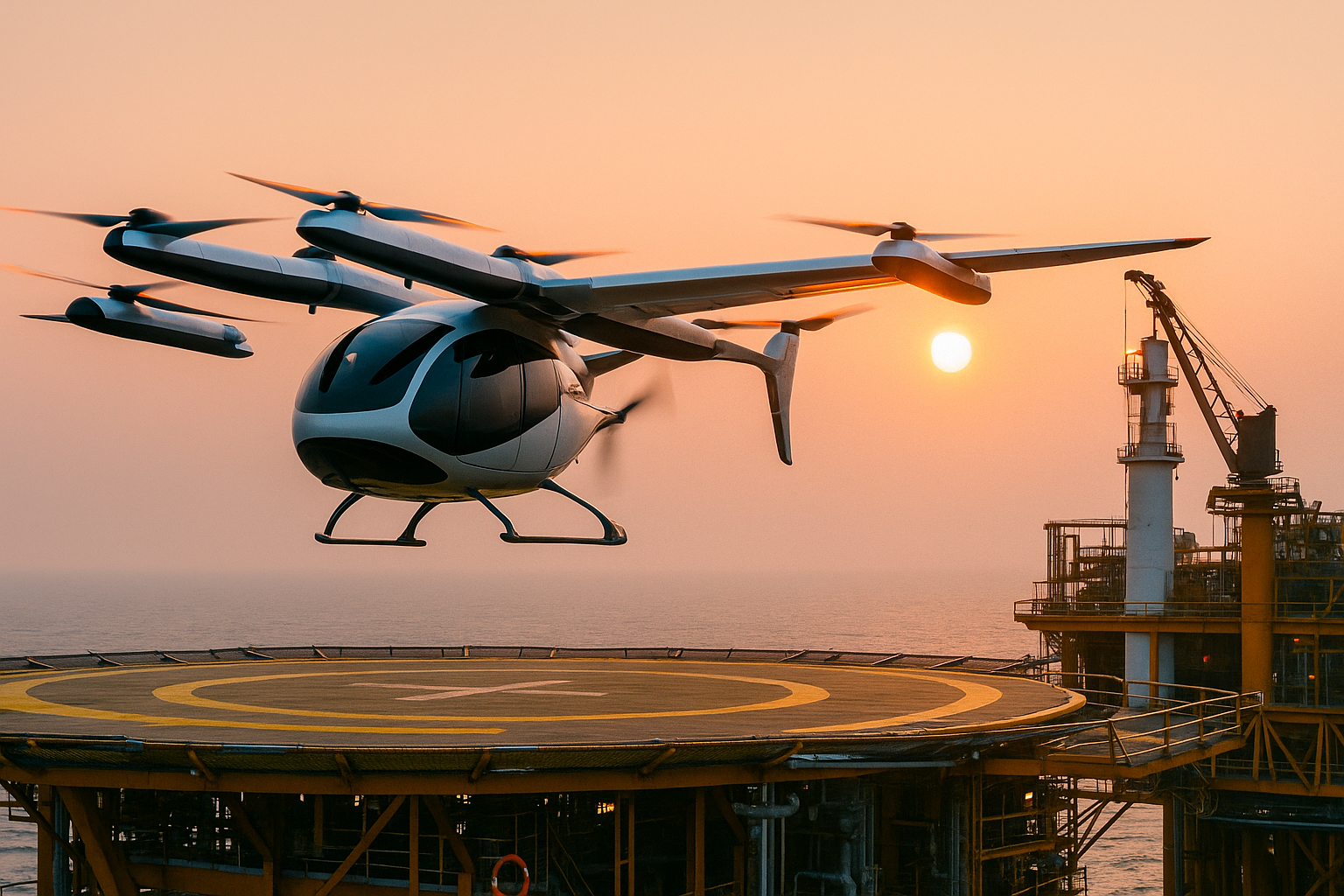
AutoFlight has achieved a groundbreaking milestone in the Low Altitude Economy by completing the world's first offshore oil platform cargo transport mission using a 2-ton electric vertical takeoff and landing (eVTOL) aircraft. The operation demonstrates the commercial viability of heavy-lift electric aviation in challenging maritime environments and marks a significant advancement for offshore energy logistics.
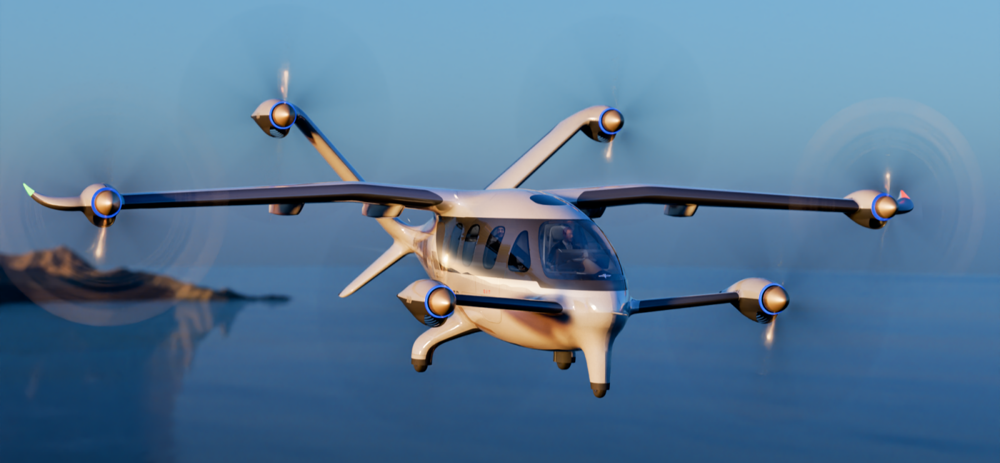
China’s low-altitude economy is experiencing a moment, as homegrown manufacturers like ZeroG Aircraft Industry challenge established global players in the electric vertical takeoff and landing (eVTOL) market. With Beijing designating six pilot cities for eVTOL operations and the industry valued at nearly RMB 1 trillion in 2024, ZeroG’s three-aircraft strategy positions the Hefei-based startup at the forefront of China’s national low-altitude economy initiative.
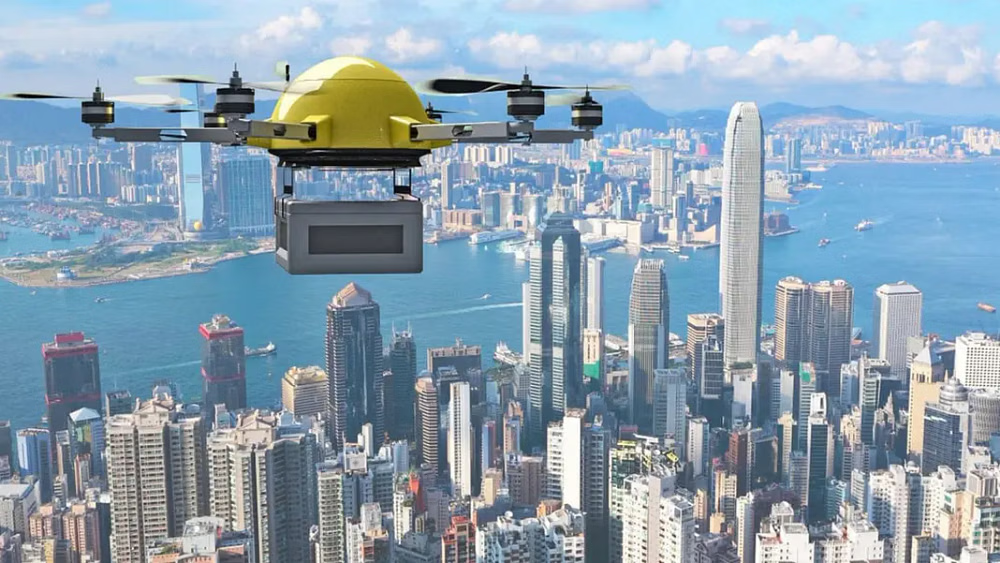
Hong Kong has taken a major step toward establishing itself as a leading hub for the low-altitude economy (LAE) by introducing new regulations that allow drones to carry significantly heavier payloads. The Small Unmanned Aircraft (Amendment) Order 2025, which took effect on July 18, 2025, extends the regulatory framework to cover drones weighing up to 150 kilograms, a six-fold increase from the previous 25-kilogram limit.

China’s low-altitude economy (LAE), which covers airspace generally below 1,000 meters and extends up to 3,000–4,000 meters in select corridors, has moved from early trials to an essential part of urban and regional mobility. Today, drones carry out crop spraying, eVTOLs conduct daily test flights, and dedicated low-altitude flight corridors manage aircraft through crowded city skies. The executives profiled below write the rules, design the aircraft, secure the funding, and prove the business cases, whether for air taxis, drone deliveries, precision agriculture, or emergency response. Their work shows how coordinated action can turn low-altitude flight into a mainstream mode of transport.
- FAA Issues Final Guidance on Powered-Lift Certification: A Crucial Step for the U.S. Low-Altitude Economy
- Shenzhen's Ascendancy: From Fishing Village to the Global Capital of the Low-Altitude Economy
- The Global Low-Altitude Economy, Q2 2025: Strategic Advances and Market Acceleration
- Power Generation Systems for VTOL Aircraft: Powering the Low Altitude Economy
- Five Nations Unite to Streamline eVTOL Certification
- China's Leading eVTOL Aircraft Projects Drive Low Altitude Economy
- Essential Reading for Low-Altitude Economy and Advanced Air Mobility Professional
- Aerofugia AE2000 eVTOL Achieves Milestone CCAR-135 Certification
- Drones Welcomed, eVTOLs Rejected: The Paradox of Chinese Aviation Tech in US Markets
- Horizon Bets on Extended Range with Hybrid Cavorite X7
